Social Emotional IEP Goals
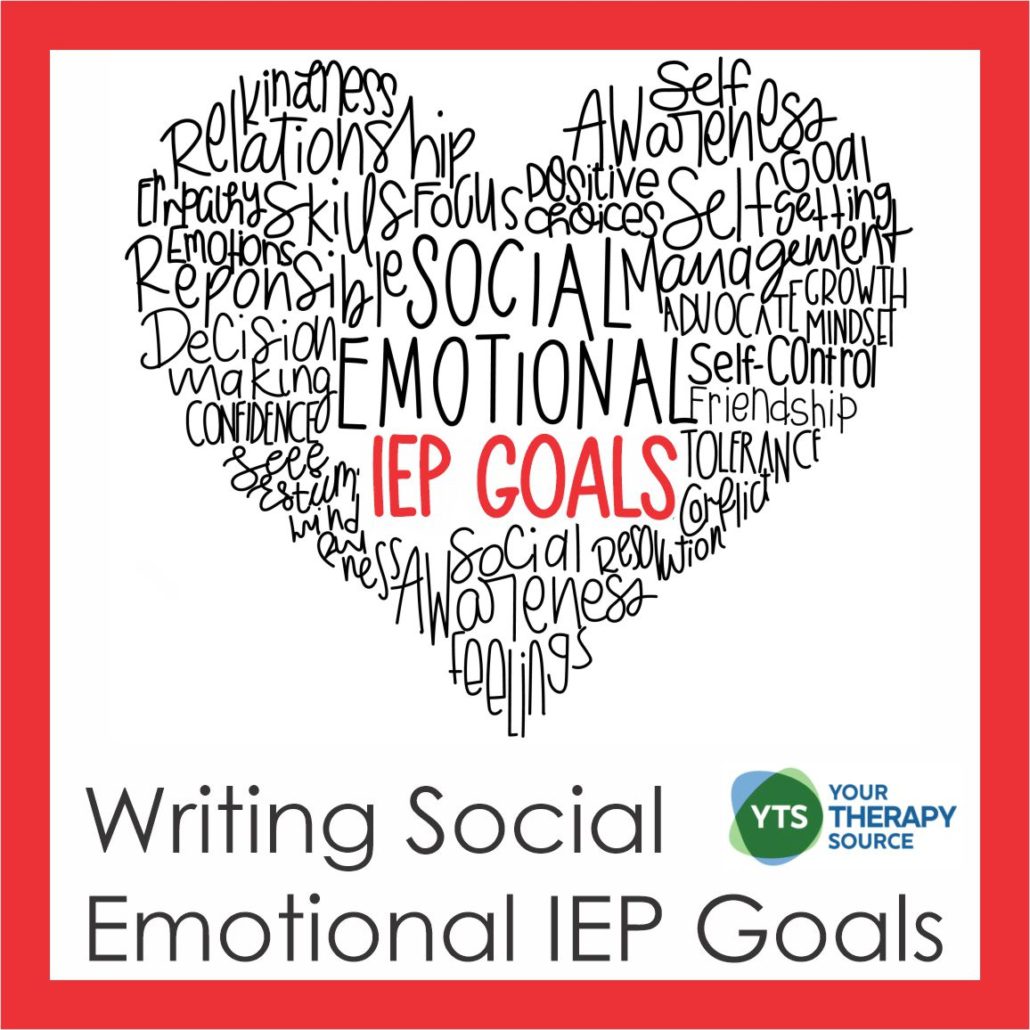
Social emotional IEP goals are based on the idea that there are certain skills every child needs to learn in order to be successful in school and ultimately, in life. These include how to manage one’s emotions, how to follow classroom rules, how to work towards a common goal, how to maintain friendships and begin new ones, how to work cooperatively with others, and more.
WHY ARE SOCIAL EMOTIONAL IEP GOALS IMPORTANT?
Opportunities to practice social emotional IEP goals present themselves throughout a child’s day. When there are opportunities to practice these skills, children feel successful because they have been given the opportunity to use their social skills in different situations. In other words, when your child practices social emotional IEP goals at school, he will be better equipped to successfully manage his emotions and interactions outside of the school environment.
Successful examples of a social emotional IEP annual goal could include:
● Being patient while others complete an assignment or while waiting for a turn during games and activities
● Understands classroom rules and performs behaviors within the boundaries set by the teacher
● Respects peers’ property, space, and belongings
● Learns how to resolve conflicts in a positive way
● Begins new friendships and maintains previous ones
● Has a positive attitude towards school and looks forward to participating in different activities.
WHO CAN HELP SET SOCIAL EMOTIONAL IEP GOALS?
A significant part of social emotional IEP goals is to teach your child how to manage their social interactions and emotions on a daily basis. This requires the help and support of special education teachers, school psychologists, occupational therapists and other school staff. You can help support this process by asking for regular meetings with teachers and therapists to let them know what you’ve observed at home, at school, or in other environments. By providing regular feedback, your opinions will be included along with the opinions of professionals when it comes time to create a social emotional IEP goal.
PROGRAMS TO SUPPORT SOCIAL EMOTIONAL IEP GOALS
There are many different programs that have been designed to address the important skills of social and emotional learning standards in all children and those with disabilities, including social skills groups and social stories.
Social skill groups are typically small group lessons that are focused on one or two social emotional IEP goals at a time. Each lesson is designed to teach children how to behave in specific situations, such as how to wait for a turn during games and activities, how to ask for help when needed, etc.
Social stories allow students to understand what others will expect of them in different situations by using examples based on the child’s own life. The idea behind these a social story is that children can see themselves reflected in the book and gain understanding through this connection.
Since every child has unique personality traits, social emotional learning programs should be carefully designed to address your child’s specific needs. If you have concerns about your child’s social emotional skills or how they are being addressed at school, talk to the school staff about their concerns. A solution can be crafted together as a team!
WHEN CAN SOCIAL EMOTIONAL IEP GOALS BE INTRODUCED?
Social emotional IEP goals should be introduced and discussed early on in the preschool and elementary years. The more often children practice social interactions and emotions throughout their day, the better equipped they will be to manage these experiences outside of the school environment. Before setting any measurable IEP goals, present levels of performance should be documented.
Introducing concepts such as waiting for a turn or asking for help when needed helps prepare children for success in everyday situations such as lining up before recess or working towards completing an assignment alone. Many schools like to begin by setting classroom rules and creating a social plan for the classroom. This lays down important groundwork for managing behavior throughout the school day.
Elementary students are also developing their own emotions and beginning to understand how these feelings affect others around them. As they become more aware of themselves, children can become overwhelmed with their own emotions or concerned about how others are reacting to them emotionally. Discussing social emotional IEP goals helps children process what is happening within themselves while also thinking about how it may be affecting others in the environment.
We know that successful social emotional learning starts at home, but schools should also play an important role. By including social emotional IEP goals as part of your child’s educational plan, you and teacher support can help them excel academically and socially. This will give them the skills they need not only for schoolwork, but for life after graduation as well.
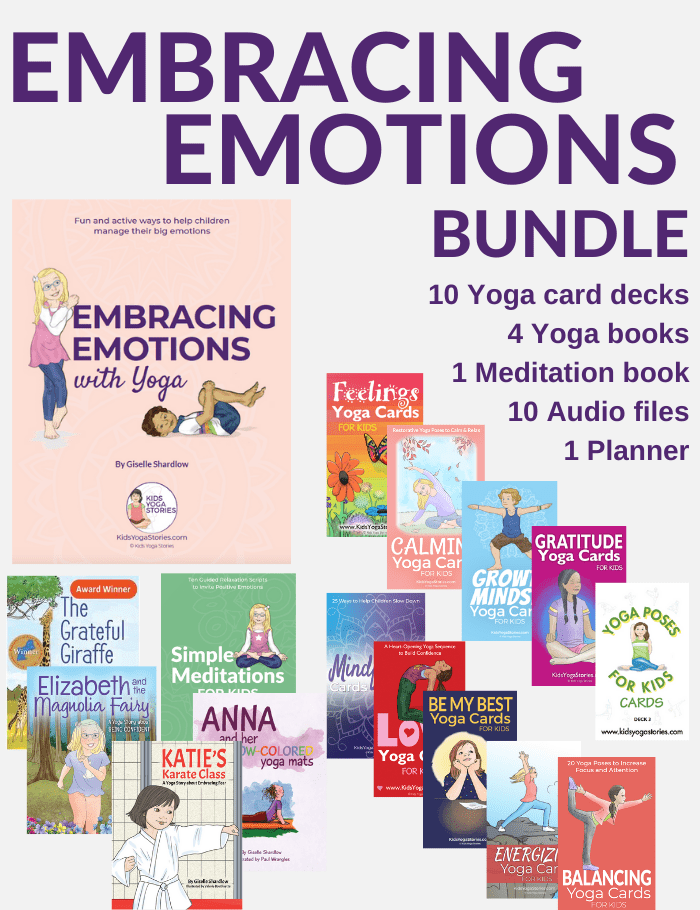
Emotional Regulation Activities for Kids – Yoga Bundle
SPECIFIC EXAMPLES OF SOCIAL EMOTIONAL GOALS FOR ELEMENTARY STUDENTS
Every child has unique, specific goals that will look different depending on their personality and strengths. However, below are some examples of common social emotional skills for elementary students that include specific skills such as:
- waiting for a turn when playing games or during activities
- able to play with peers appropriately during unstructured play times
- staying in his/her seat when it’s not time to get up
- sharing toys with other children at playtime
- identify emotions
- using strategies in the classroom setting to form appropriate responses when feeling frustrated or angry
- asking adults for help when needed
- complimenting others in the classroom each day.
Social emotional learning is often introduced in preschool or kindergarten to encourage your child’s development outside of the home environment. Using teacher observation and data collection, special educators help determine what social-emotional IEP goals should be included on an IEP for a student with special needs.
Regardless of how many years you have until your child graduates from high school, social emotional learning should be a priority throughout their education so they can become an effective member of society.
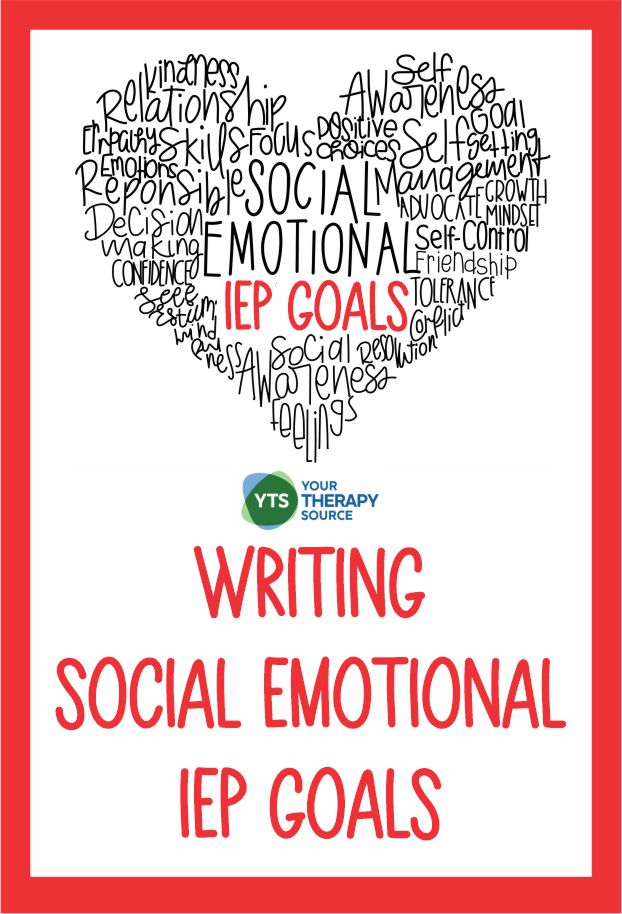
MORE SOCIAL EMOTIONAL LEARNING GOALS EXAMPLES
A social-emotional goal for a student can be very simple or quite complex, depending on the child and their needs. Here are several examples:
- recognizes own feelings and the feelings of others
- able to identify a feeling when it is pointed out in self or another person
- is able to express their thoughts verbally when upset, rather than through actions such as hitting
- tolerates frustration in order to take turns with other children during playtime or while working on a project together
- uses strategies that help calm himself/herself down when upset
- can follow rules in a positive manner
- if asked to stop an activity due to classroom rules, accepts the direction given without arguing.
- asks for help from adults when overwhelmed by his/her emotions
- asks questions about how other people are
- uses appropriate coping strategies in stressful situations
- does not use inappropriate verbal comments when disagreeing with an issue or school rule.
- use a behavior checklist for self evaluation throughout the school day.
- makes appropriate decisions when facing difficult choices.
Social emotional learning goals examples like these can aid children in developing the skills needed to be successful in school and beyond, all while making it feel like fun, not work.
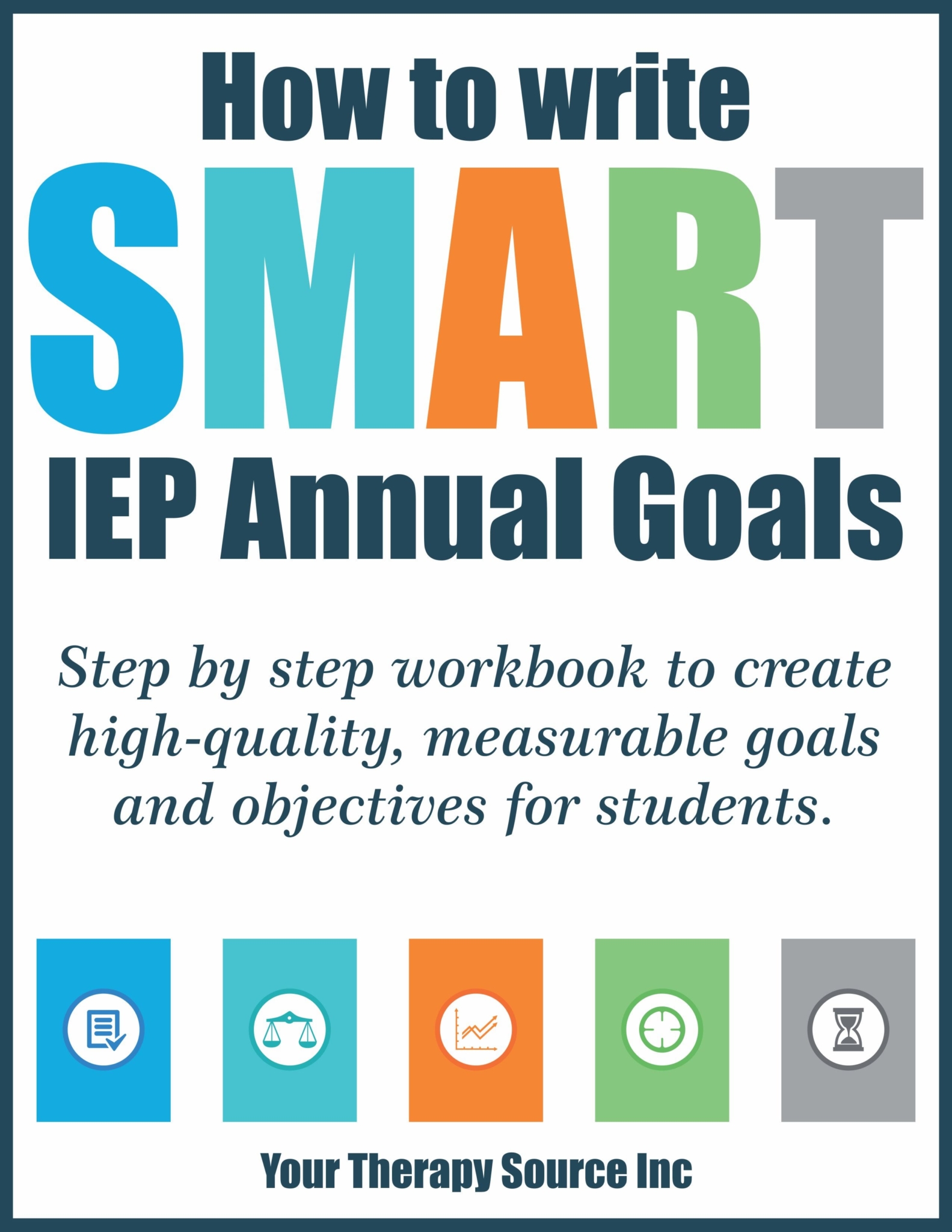
How to Write IEP Goals Workbook
EXAMPLES OF SOCIAL EMOTIONAL IEP GOALS IN HIGH SCHOOL
Middle and high school students require a more complex social emotional learning plan. As older students they enter their teenage years, children begin to form strong opinions about themselves while also worrying about what others think of them.
This can result in clash between peer pressure and adult advice, which is why it’s important for schools to offer social emotional goals that include useful coping skills for young adults. Some examples of social emotional IEP goals for the middle or high school student:
- recognizes own feelings and identifies how these feelings affect his/her performance
- able to understand different points of view even when they don’t agree with them
- can recognize signs of depression or other mental illnesses
- able to discuss their emotions without losing control or getting physical
- able to talk calmly with adults when upset about a situation, instead of lashing out physically
- releases stress through activities such as yoga, deep breathing exercise or other more healthy means rather than self-destructive habits such as alcohol or drug use
- aware of self-care habits such as getting enough sleep, eating healthy, etc.
- recognizes people on the autism spectrum and how they may feel different
- learn to self-advocate for accomodations when needed to control their emotions
- can recognize when someone is acting inappropriately towards them and knows how to react
- use accomodations such as movement breaks when neccessary to help with emotional regulation skills
- able to recognize the reactions that happen in their body when they feel a certain way
- recognizes self-defeating thoughts and can rephrase these into positive thoughts
- recognizes what anxiety feels like in their body, allowing them to take steps towards managing it
- aware of different work styles such as being a perfectionist or procrastinator, etc.
In addition, social emotional learning goals should also be paired with academics so students can excel both in the classroom and out. People who are good at social emotional skills will often have better grades overall because they know how to get along with other people without conflict. This is highly beneficial when it comes time for applying for colleges or obtaining internships.
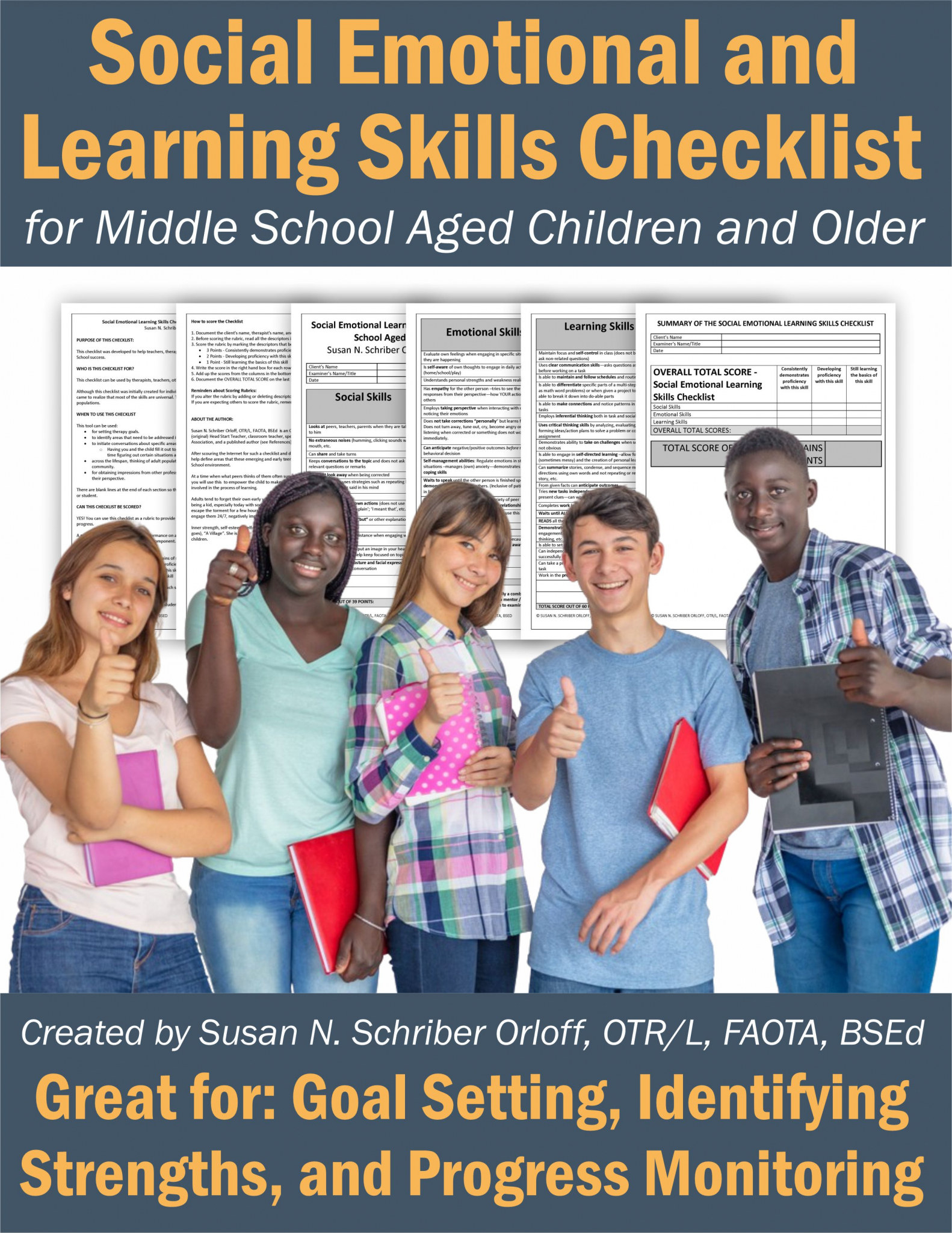
Social Emotional Skills Checklist
WHEN AND HOW TO ASK FOR HELP FOR SOCIAL EMOTIONAL SKILLS
If you believe your child or student is having difficulties with social-emotional skills, it’s important to bring it up to school staff and the IEP team if applicable. You can offer specific examples of when the child struggled, such as not following rules or sharing, but be careful that the examples you give are not too vague. An example like “My child or student has trouble playing with others” is not enough for everyone to understand where the problem lies. They may think the issue is playing alone or being part of a group – they won’t know until you explain further.
Although teachers are there to help students with most academic concerns, if social emotional skills are an area in need of improvement they will refer parents to other school support staff. There are school counselors, occupational therapists and social workers available who help children with these issues and can meet one-on-one with students.
Other professionals to turn to are pediatricians, psychologists, counselors, and psychiatrists who can help you find ways your child can improve in his/her social emotional skills.
Many times the issues behind the lack of social skills is unknown or may be masked by other problems such as ADHD, autism spectrum disorder (ASD) or anxiety. These struggles must be diagnosed before they can be treated because different treatments work better for specific disabilities. A psychologist will perform tests that measure social emotional learning in children, then give parents recommendations based on these results.
If it turns out that your child does struggle in this area, there are many techniques to use at home so he/she develop these skills. One technique is Social Stories, which are stories written from a child’s point of view that explain how to handle difficult social situations. These stories allow the child to read about their difficulties and gain empathy for others in similar situations. In addition, students can practice these skills through play with other children or activities such as yoga or martial arts. Even something as simple as playing cards or board games is an opportunity to learn social emotional skills!
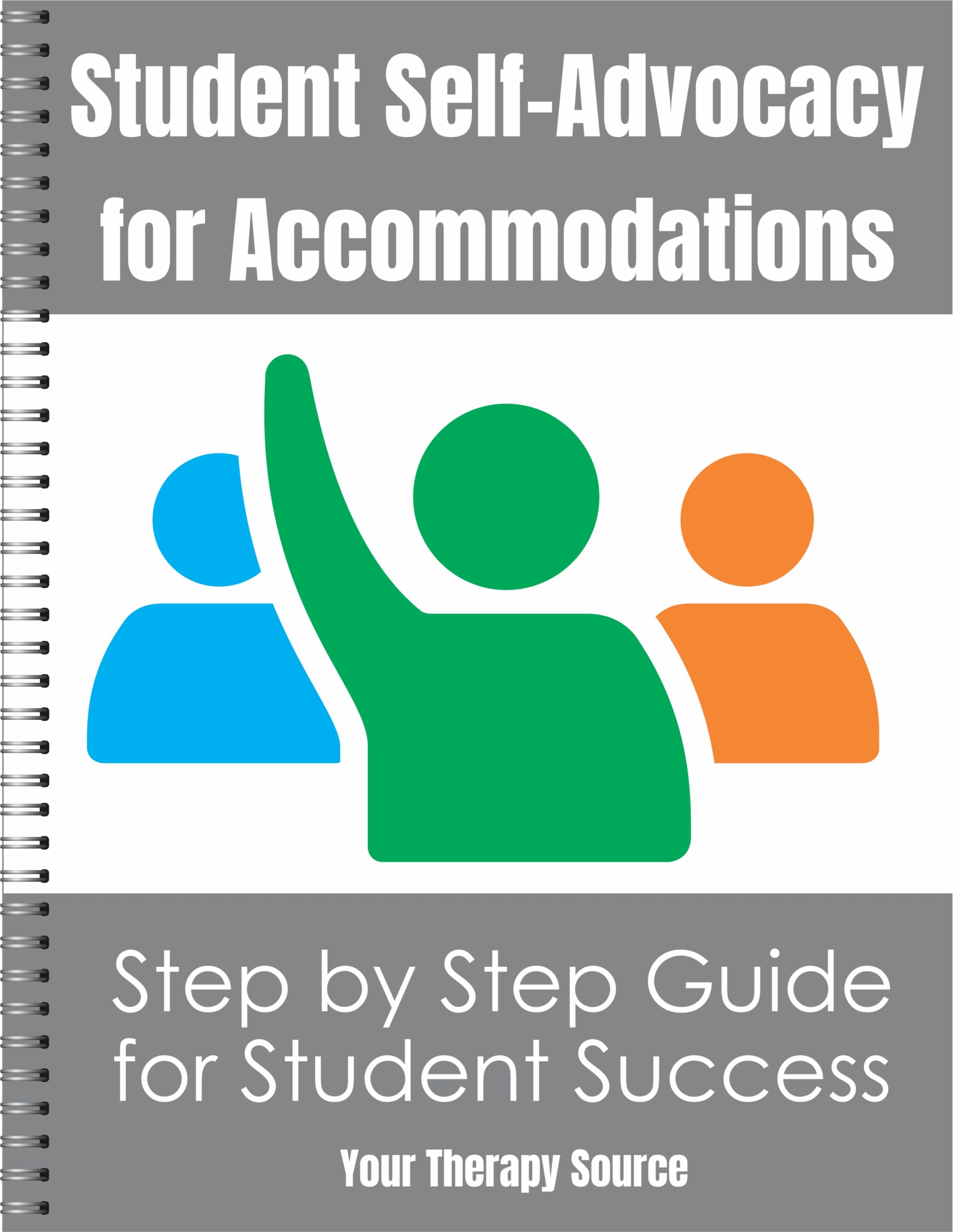
Self-Advocacy for Students
WHY SOCIAL EMOTIONAL LEARNING GOALS ARE IMPORTANT TO INCLUDE ON AN IEP
If your child is eligible for special education services under the law, he/she must have a yearly, functional goal in all areas including academics, vocational, self-care and participation in school activities. Including social emotional learning goals are best practice because they directly affect the child’s ability to function and relate to others. The team will develop these goals based on testing and input from parents and teachers, and you should feel free to suggest additional activities that help your student overcome social emotional challenges.
Working together, your students will learn new skills to use in their daily routines for life long success!


